Admittedly, the selection of gin has become really unmanageable these days. Countless variations from all parts of the world in bottles of every shape and color fill the shelves in bars and shops. Do you now have to screw a new shelf onto the wall and have all the different types of ginto taste at home? Even though many home bars are now bursting at the seams, we answer this question with a clear “no”. Firstly, of course not every gin suits your personal taste and secondly, you can create a wide variety of flavors with just one type of gin and a bit of creativity. You can find out here how the so-called “infusion” works at home in the kitchen.

What is Infused Gin?
An “infused gin” is basically nothing more than gin whose taste has been changed by adding one or more additional flavor components. This is usually done - as with the original production of gin itself - by placing spices, herbs, fruits or the like in the gin. This process is also called maceration or infusion. The liquid components in the gin, alcohol and water, ensure that the flavors are released from the macerated substances and transferred into the gin.
This means that the original flavors in the gin can either be enhanced or completely new flavors can be added. We used our three different gins and both intensified existing notes and added new ones.
What do I need to produce it?
To make your own infused gin you need the following:
- Gin
- a vessel for maceration
- a sieve
- possibly a tea or coffee filter
- a funnel
- a bottle into which you fill the finished infused gin
- and of course herbs, spices, fruits or whatever you want to infuse
Of course, another alcohol can also be used as a basis for an infusion, such as Vodka or Rum.


What should I put attention on?
The hardest part about infusing is finding the right maceration time. Depending on the ingredient, this can vary greatly. Infusing for too short a time results in too little aroma, while infusing for too long can result in the release of flavor notes that you don't want in the gin, such as bitter substances or resinous notes. When using spices, please inform beforehand whether toxic substances can be released by the alcohol - however, this is not the case with most common spices and is usually harmless due to the small quantities used.
Let's go!
You take a container that you can ideally close, such as a mason jar. Alternatively, a normal drinking glass will also work. Fill in the desired amount of gin and add the desired ingredients to the gin. Now you have your first macerate. The more gin, the more herbs, spices or fruits you obviously need.

Now it's time to wait and see. Spices and teas can usually be removed from the gin after an hour or even sooner. Fresh herbs or fresh fruit and vegetables sometimes take several weeks until the aroma is released into the gin. Dyes usually dissolve very quickly from the peel or skin of fruits. Don't be fooled by this and it's best to try the macerate every now and then. If the maceration time lasts longer, you should definitely cover the vessel with the infusion to prevent the alcohol and dirt in the macerate from evaporating.
If you want a significantly more intense taste in your gin, you can also use a pestle to lightly crush the macerated ingredients in the glass. This means that significantly more liquid components pass into the gin, such as the juice from berries or the essential oils from citrus peels or the ginger bulb.



Once your batch has acquired the desired flavors, you can simply pour it into a container for storage using a sieve and funnel and you're done. In order to filter even the smallest particles, such as tea or spices, from the infusion, we recommend using a coffee filter or tea filter in addition to the sieve.
Despite the high alcohol content of gin (at least 37.5% vol), your infused gin does not necessarily have an unlimited shelf life. It will also likely change in color over time. That's why we recommend not storing the infused gin for too long but rather using it in a few days or a few weeks.




What do I use infused gin for?
Even if not everyone drinks gin straight, you should definitely taste your infusion straight beforehand in order to taste the newly added flavors unadulterated. You probably already did this during maceration anyway. Of course, you can also mix exactly the same drinks with your new gin that you used it for before infusing - they will just taste different. Just start with a classic Gin & Tonic and then try more complex drinks.
You can find gin inspiration for a variety of drinks Here.
We hope you have fun infusing and mixing!
Cheers!




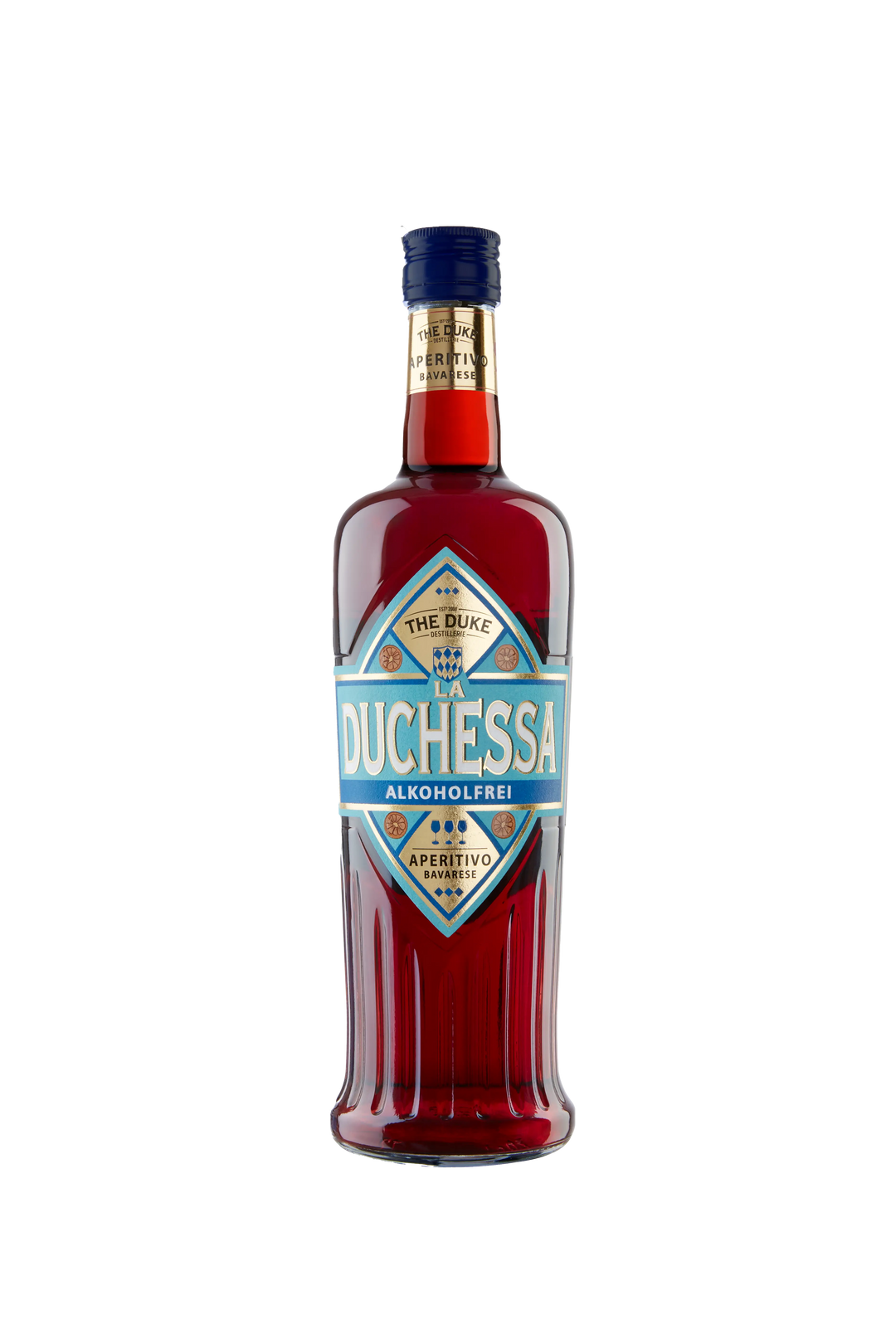
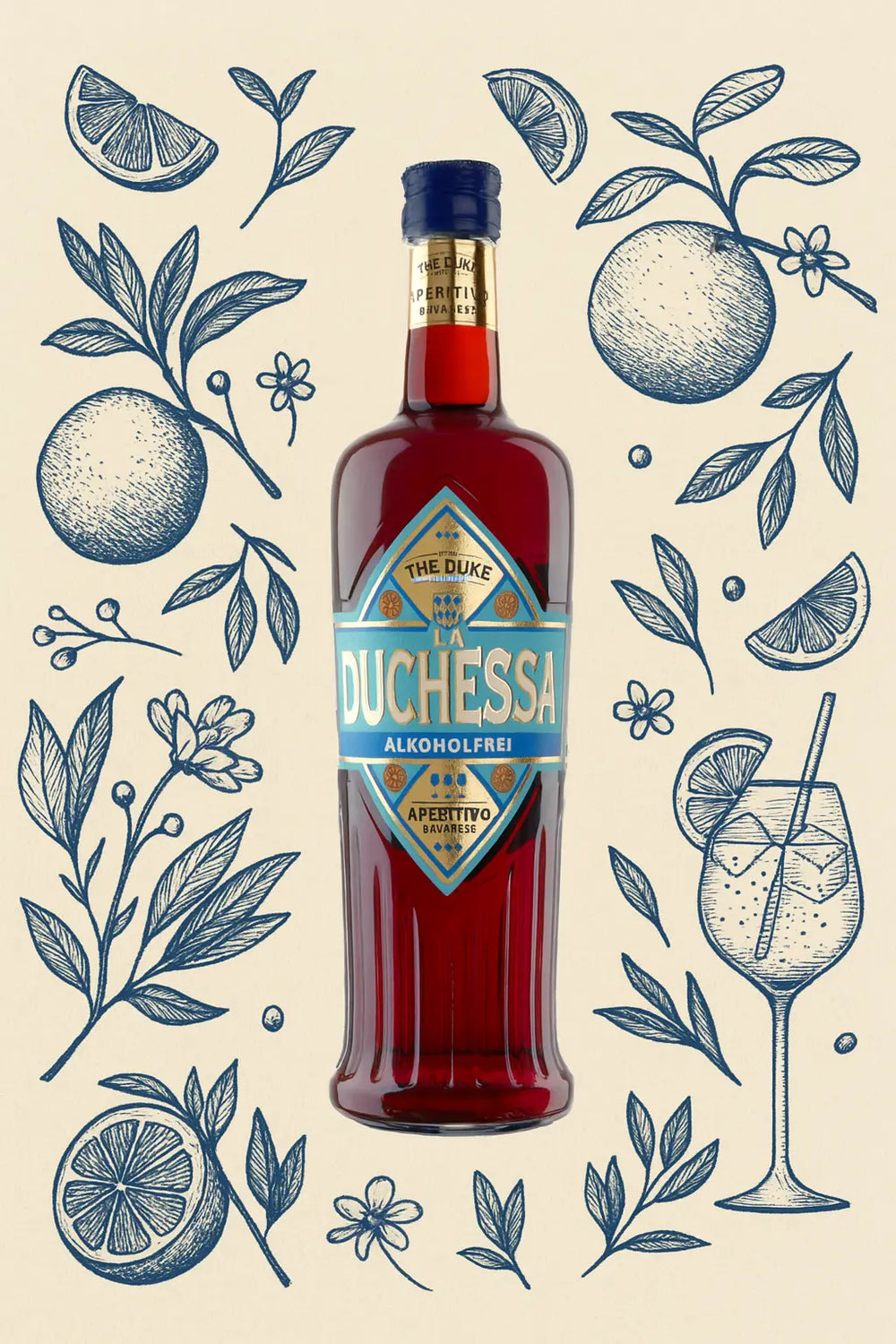


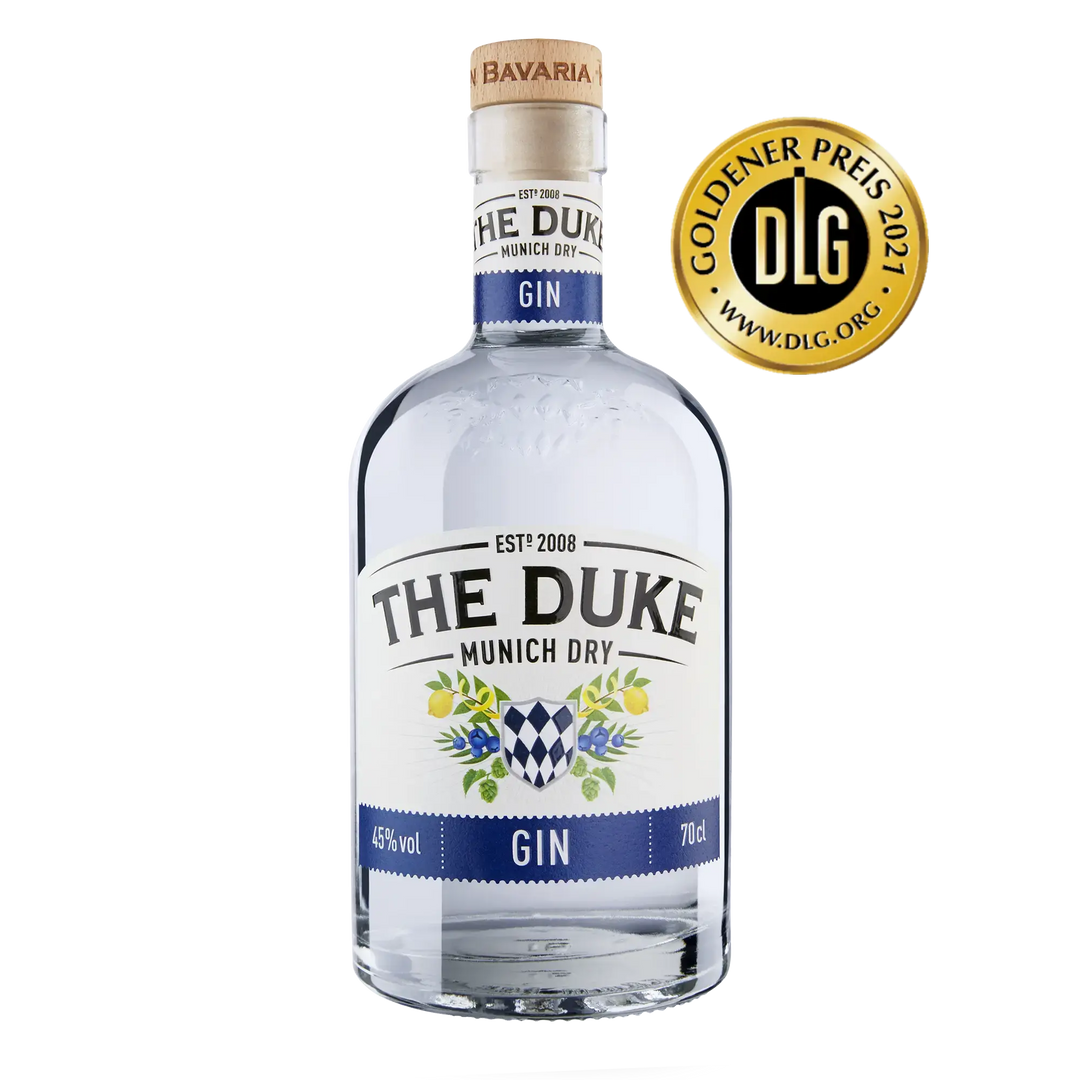
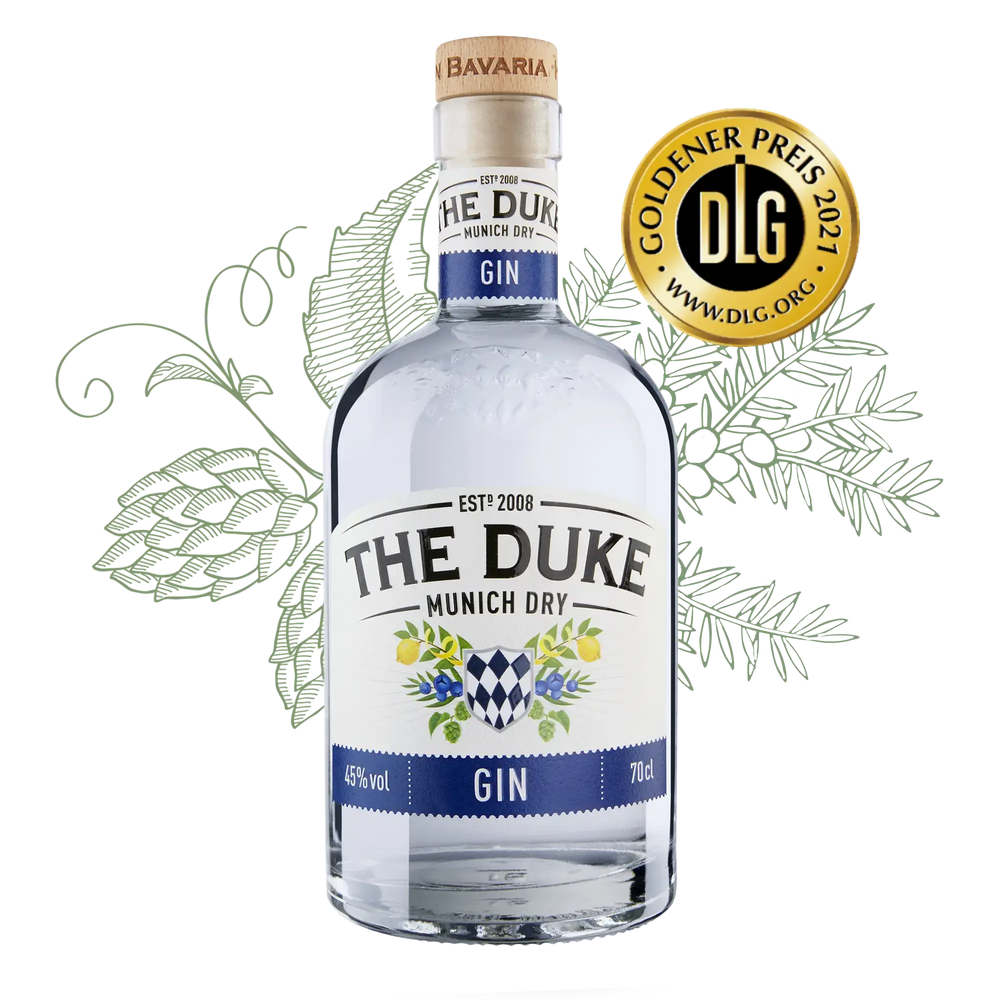


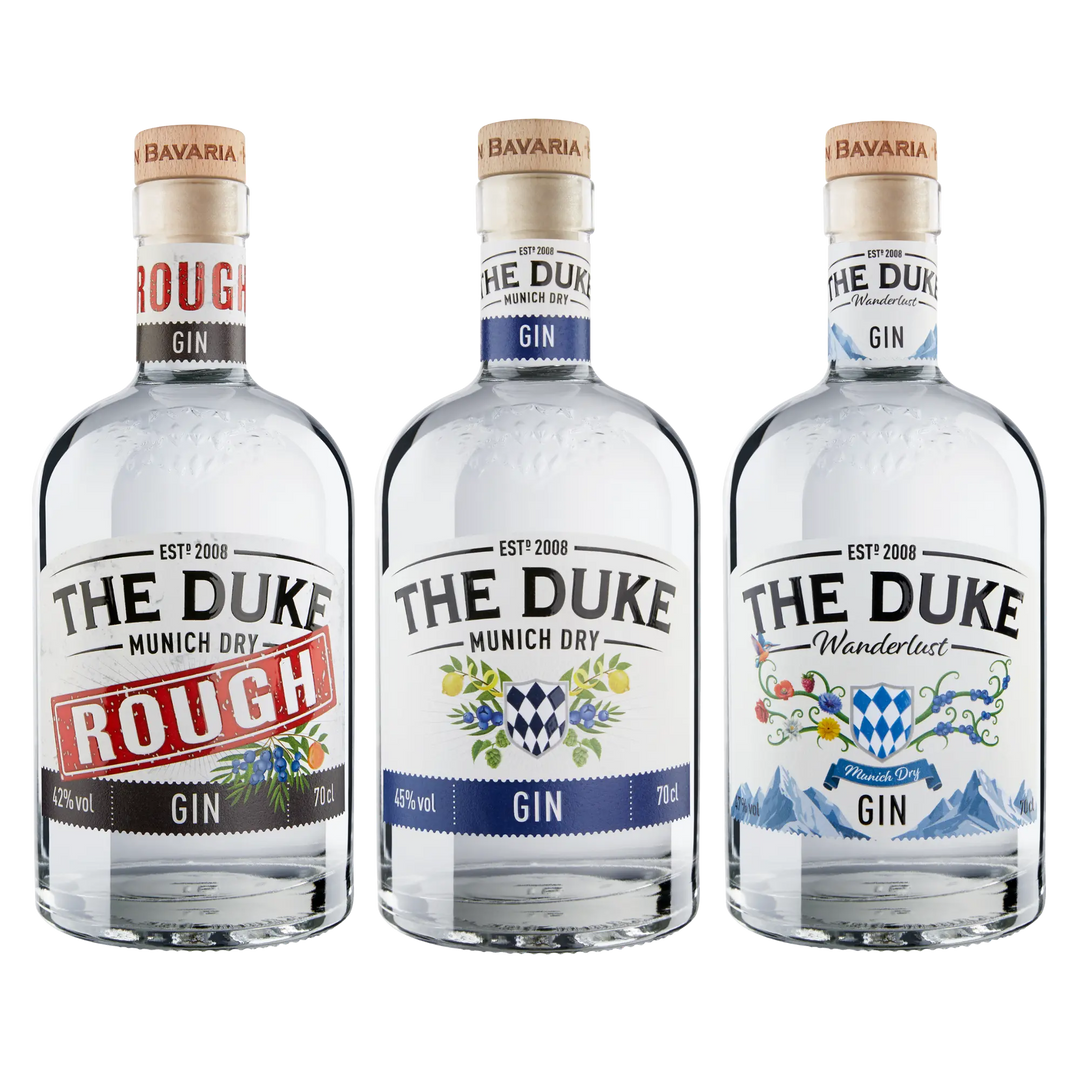
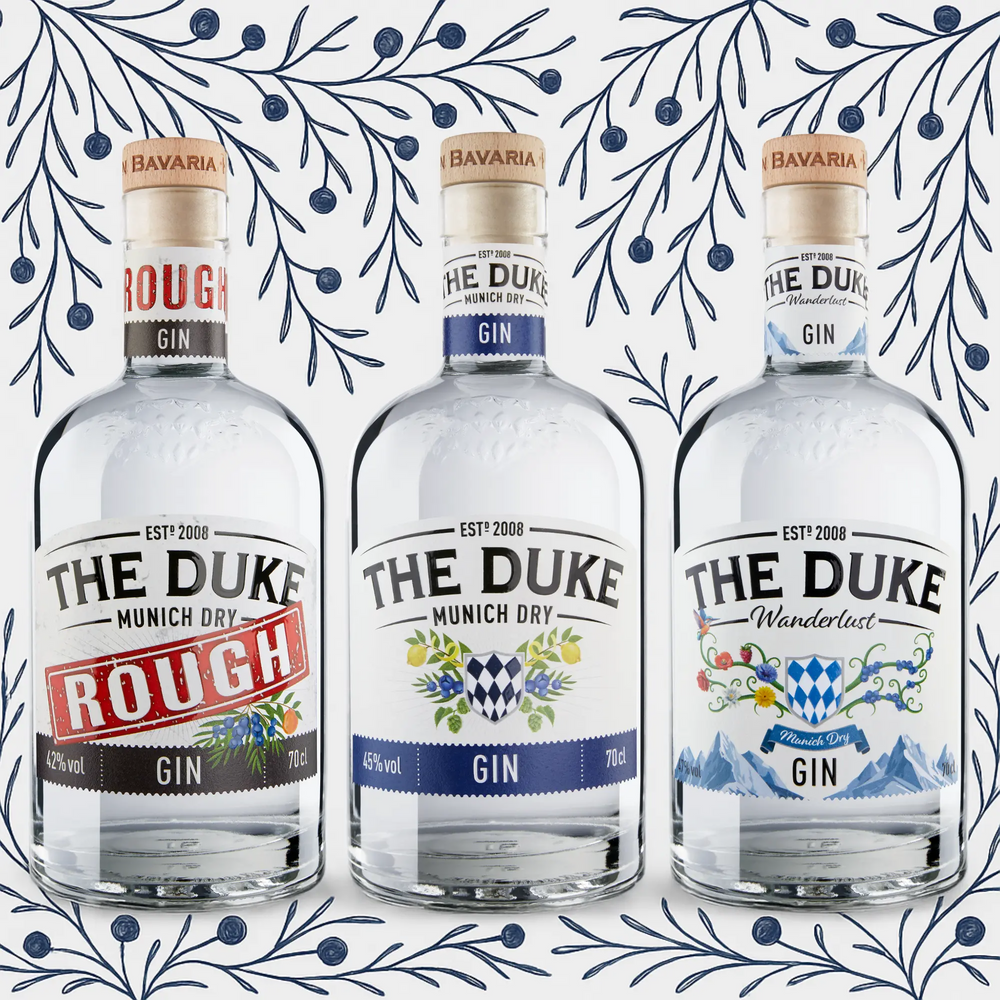


Leave a comment